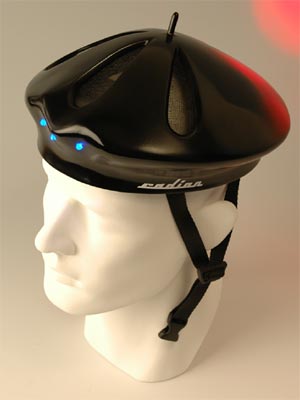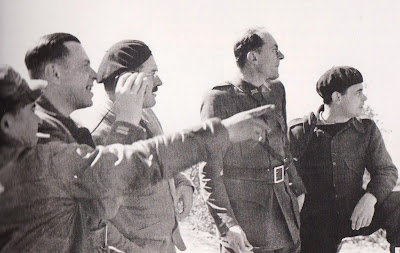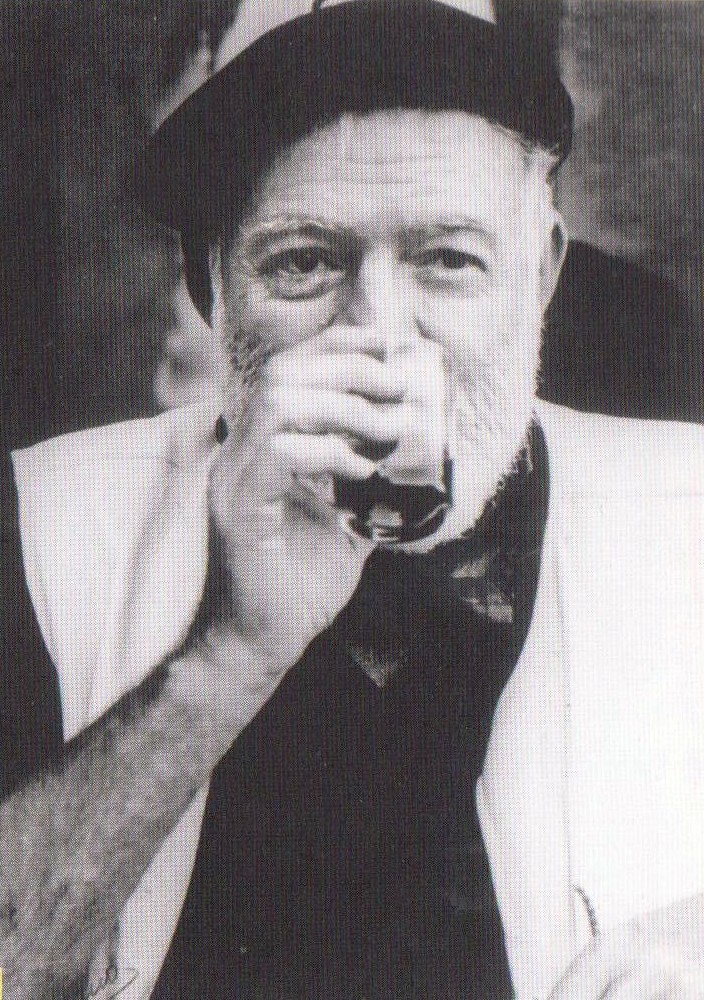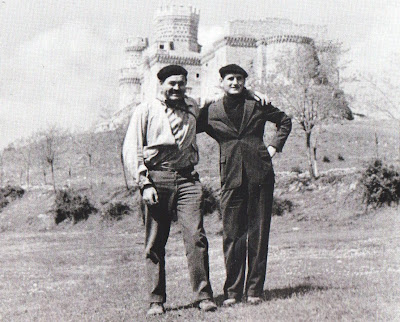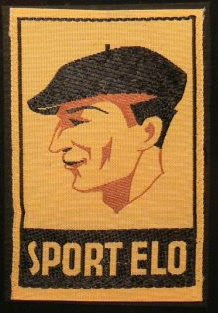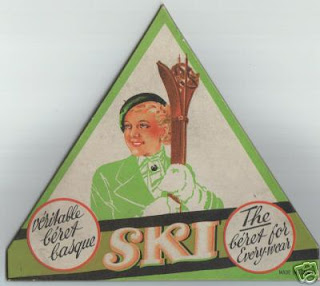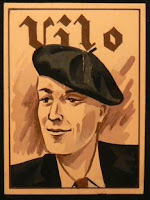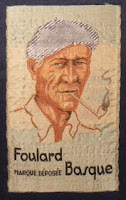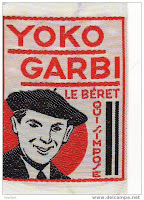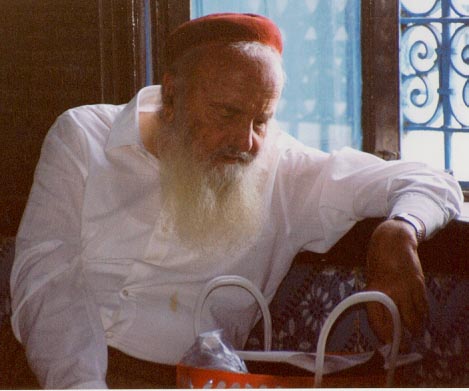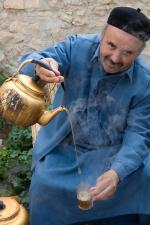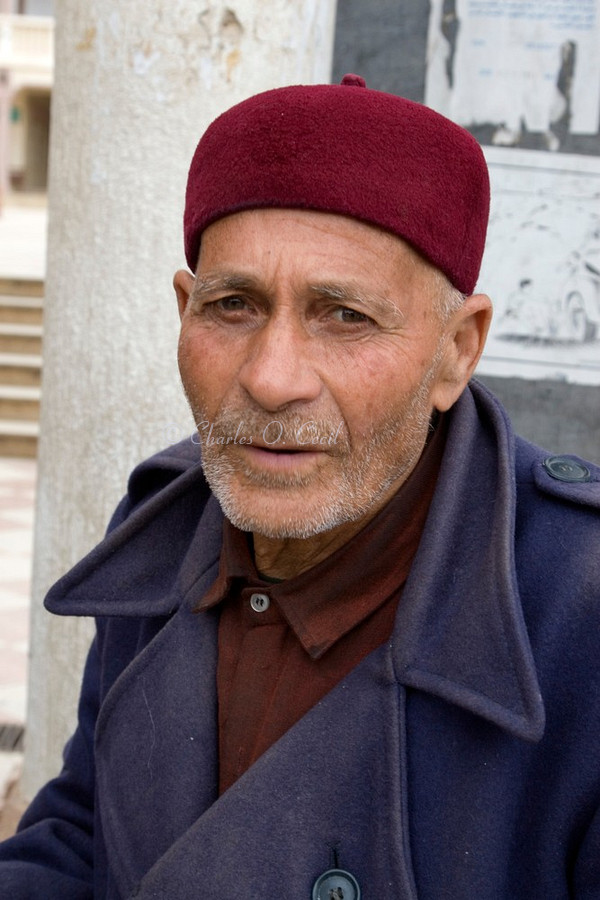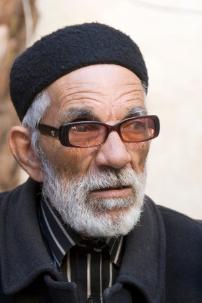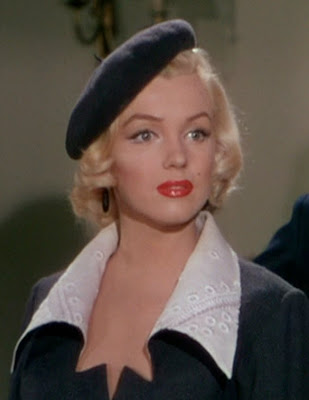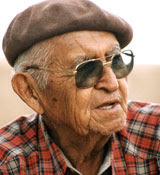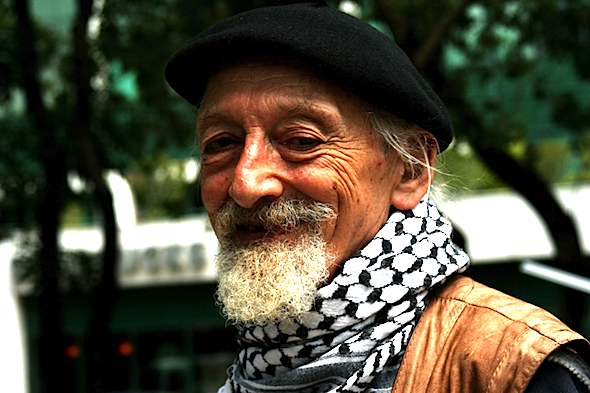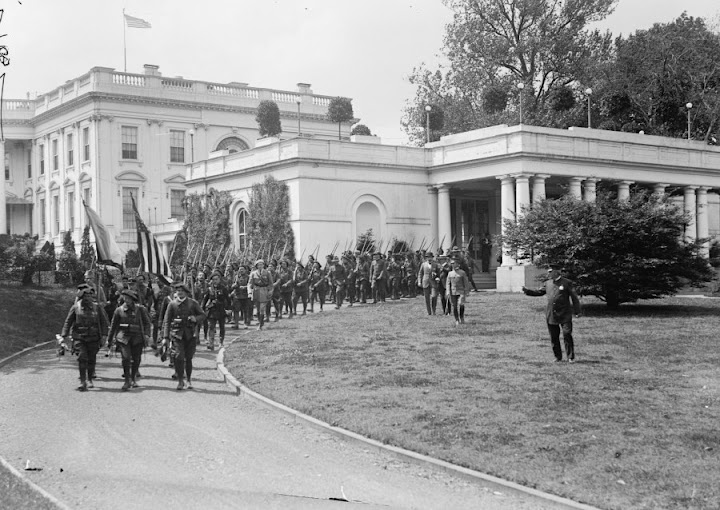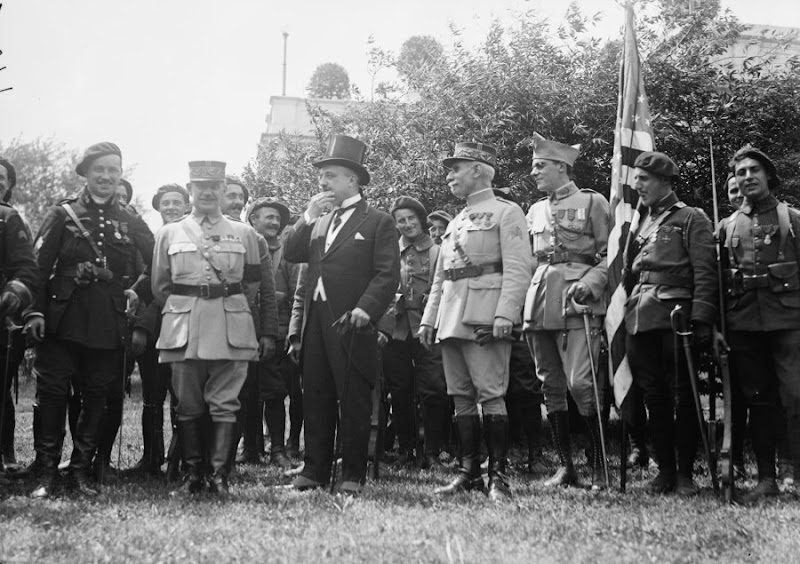Daan
Vendor
- Messages
- 949
- Location
- Wellington, Aotearoa
I wouldn't dare call you a coward, or anyone else for his/her choice of headgear, for that matter. Besides, there is enough verbal animosity going across the ditch between Kiwis and Aussies as it is already...
But re the picture: I wouldn't say "like", but it is interesting alright. Far from being a Trotskyist myself, I still find it painful to see this Trotsky bashing that went on for many decades in the former Soviet Union (and satellite states), knowing what it amounted to (with the knowledge we have available today). I wouldn't be surprised if Trotsky was a beret wearer himself, actually, but so far haven't come across any visual evidence of that.
But yes, all these Soviet style workers caps do have a certain charm - worth another thread on the Lounge, I'd say. But still, not quite a beret...
But re the picture: I wouldn't say "like", but it is interesting alright. Far from being a Trotskyist myself, I still find it painful to see this Trotsky bashing that went on for many decades in the former Soviet Union (and satellite states), knowing what it amounted to (with the knowledge we have available today). I wouldn't be surprised if Trotsky was a beret wearer himself, actually, but so far haven't come across any visual evidence of that.
But yes, all these Soviet style workers caps do have a certain charm - worth another thread on the Lounge, I'd say. But still, not quite a beret...
